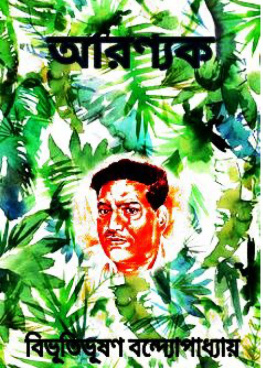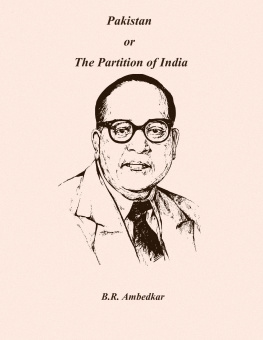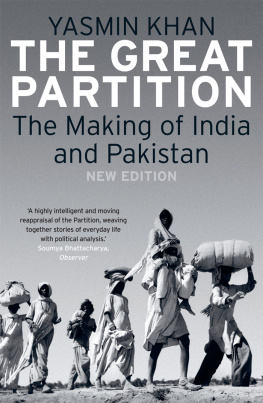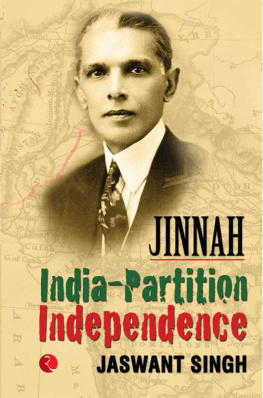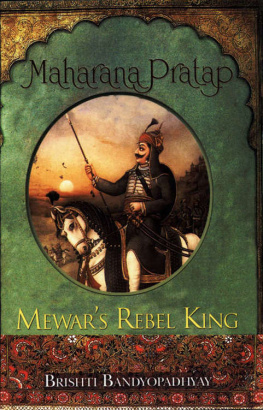
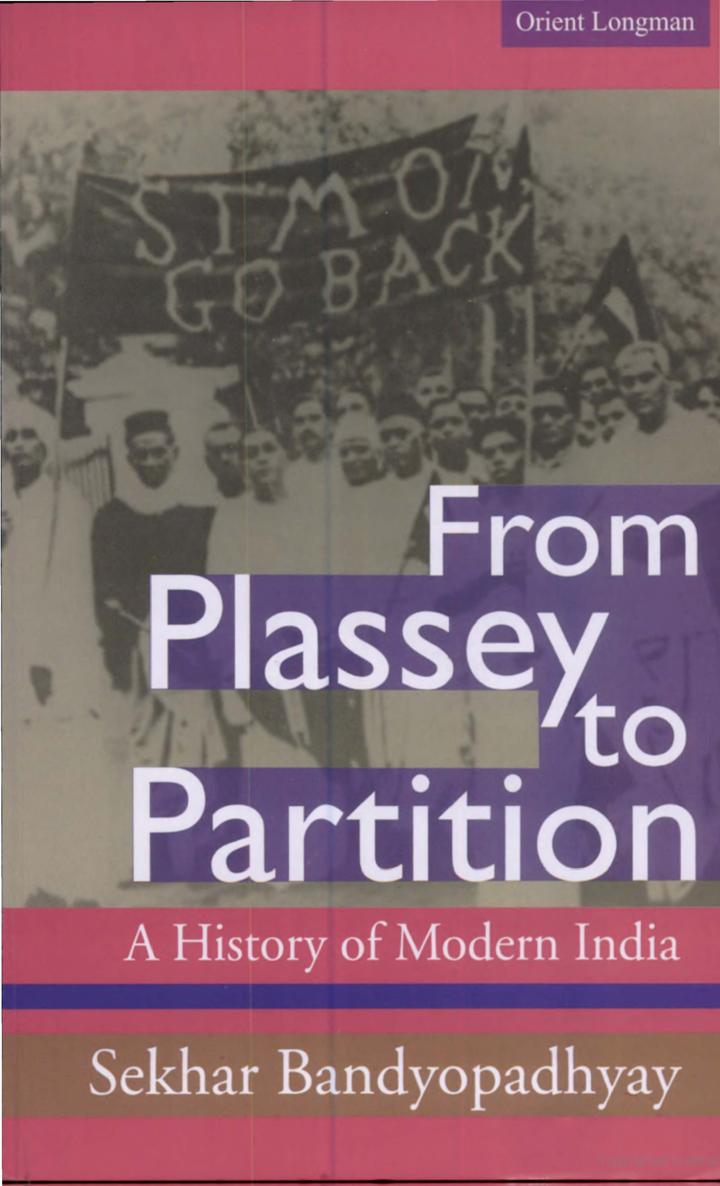

From Plassey to Partition:
A History of Modern India
Sekhar Bandyopadhyay
Victoria University a/Wellington
Orient Longman

FROM PLASSEY TO PARTITION: A HISTORY OF MODERN INOlA ORIENT LONGMAN PRIVATE LIMITED
Registered Office
3-6-752 Himayatnagar. Hyderabad SOO 029 (AP.), INDIA e-mail: hyd2 _ orlongco@sanchametin
Other Offices
Bangalore, Bhopal, Bhubaneshwar, Chcnnai, Emakulam, Guwahati, Hyderabad, Jaipur, Kolkata, Lucknow, Mumbai, New Delhi, Patna C Orient Longman Private Limited 2004
Reprinted 2004, 2006
ISBN 81 2SO 2S96 O
Maps by Cartography Department
Sangam Books (India) Private Limited, Hyderabad Typeset by
Linc Arts Phototypcscttcrs
Pondicherry
Printed in India al
Chaman Enterprises
Delhi
Published by
Orient Longman Private Limited
1124 Asaf Ali Road
New Delhi 110 002
e-mail: olldel@del6.vsnl.nct.in
The external boundary and coastline oflndia as depicted in the maps in this book arc neither correct nor authentic.
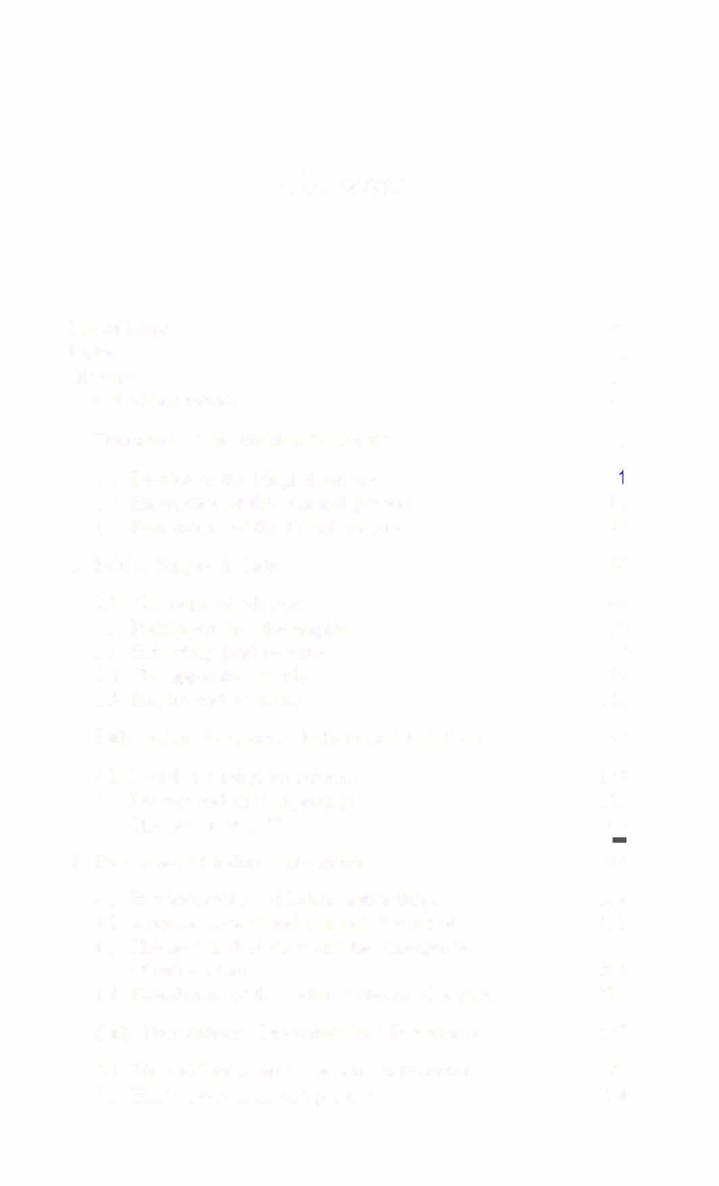
Contents
List of Maps
IX
Preface
X
Glossary
XIV
l .ist of Abbreviations
xx
1. Transition of the Eighteenth Century
1.1 Decline of the Mughal empire
1.2 Emergence of the regional powers
12
1. 3 Foundation of the British empire
37
2. British Empire in India
2.1 The imperial ideology
2.2 Parliament and the empire
2.3 Extracting land revenue
82
2.4 The apparatus of rule
2.5 Empire and economy
122
3. Early Indian Responses: Reform and Rebellion 139
3.1 Social and religious reforms
3.2 Peasant and tribal uprisings
158
3.3 The revolt of 1857
4. Emergence of Indian Nationalism
4.1 Historiography of Indian nationalism
184
4.2 Agrarian society and peasant discontent 191
4.3 The new middle class and the emergenceof nationalism
205
4.4 Foundation of the Indian National Congress218
s. Early Nationalism: Discontent and Dissension 227
5.1 The moderates and economic nationalism227
5.2 Hindu revivalism and politics
234

viii Contents
5. 3 The rise of extremism and the swadcshimovement
5 .4 Muslim politics and the foundation ofthe Muslim League
6. The Age of Gandhian Politics
2 79
6. 1 The carrots of limited self-government, 1909- 19
6.2 The arrival of Mahatma Gandhi
6.3 Khilafat and non-cooperation movements 297
6.4 Civil Disobedience movement
311
6.5 The act of 1935, "Paper Federation" and theprmces
323
7. Many Voices ofa Nation
7 .1 Muslim alienation
334
7.2 Non-Brahman and dalit protest
7.3 Business and politics
358
7.4 Working class movements
7.5 Women's participation
381
8. Freedom with Partition
8.1 Quit India movement
8.2 The turbulent forties
8.3 Towards freedomwithpartition 438
Postscript
4 73
Appendix
4 7 5
Bibliography
4 79
Index
5 14

List ofMaps
Map 1: The Mughal empire in 1707
6
Map 2: The regional powers of the eighteenth century21
Map 3: British territories in India in 1857
46-47
. Map 4: British India and the princely states, c. 1904
116-117
Map 5: India in 1947
458-459

Preface
This book proposes to present in eight thematic chapters a generalhistory of India under British rule. It focuses more on the Indianpeople, than on the colonial state or the "men who ruled India". Ithighlights the perceptions of the ruled, their cultural crises and socialchanges, their rebellion, their search for identity and their attemptsto negotiate with a modernity brought to them through a variety ofcolonial policies. Above all, it narrates the story of how the Indiannation was gradually emerging, with all its contradictions and tensions, under the domineering presence of W estem imperialism.
In recent years there has been a tremendous outpouring of research publications in this area. And therefore, it is time to relatethese specialised research findings and theoretical interventions tothe whole story, Tucked away in my island abode down under-separated from my primary sources by thousands of miles-I thoughtthis would be an ideal project for me. This book tries to provide, onthe one hand, a story with adequate empirical details needed by students for history courses and by general readers. On the other hand,acknowledging that there can be multiple interpretations of a historical event, the narrative is consciously situated within its properhistoriographical context. The book, in other words, summarisesthe findings and conclusions of an enormous body of research literature that has been produced in the last two decades or so on thecolonial history of India. However, although it presents a synthetichistory, it does not offer an eclectic view. The narrative has carved itsway carefully through the undulated terrains of Indian historiography. Sometimes, it has taken sides, sometimes it has treaded amiddle path, but on occasions it has also been innovative and unorthodox. In other words, it refers to the debates and critically examines them to arrive at its own conclusions about the establishmentand functioning of colonial rule and also the emergence of a pluralistand polyphonic nationalism in India.
The book begins with a discussion of the political transformationof India in the eighteenth century, marked by the decline of theMughal empire at the one end and the rise of the British empire on
Next page

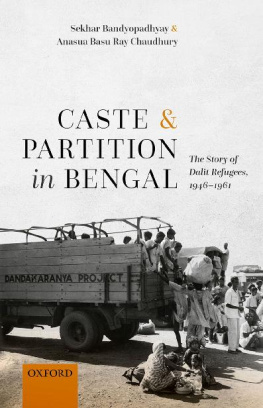
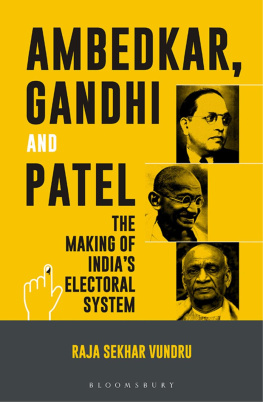
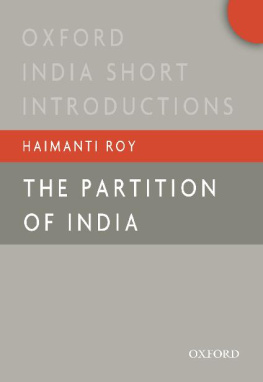

![Gandhi - Gandhi: [the true man behind modern India]](/uploads/posts/book/175484/thumbs/gandhi-gandhi-the-true-man-behind-modern-india.jpg)
